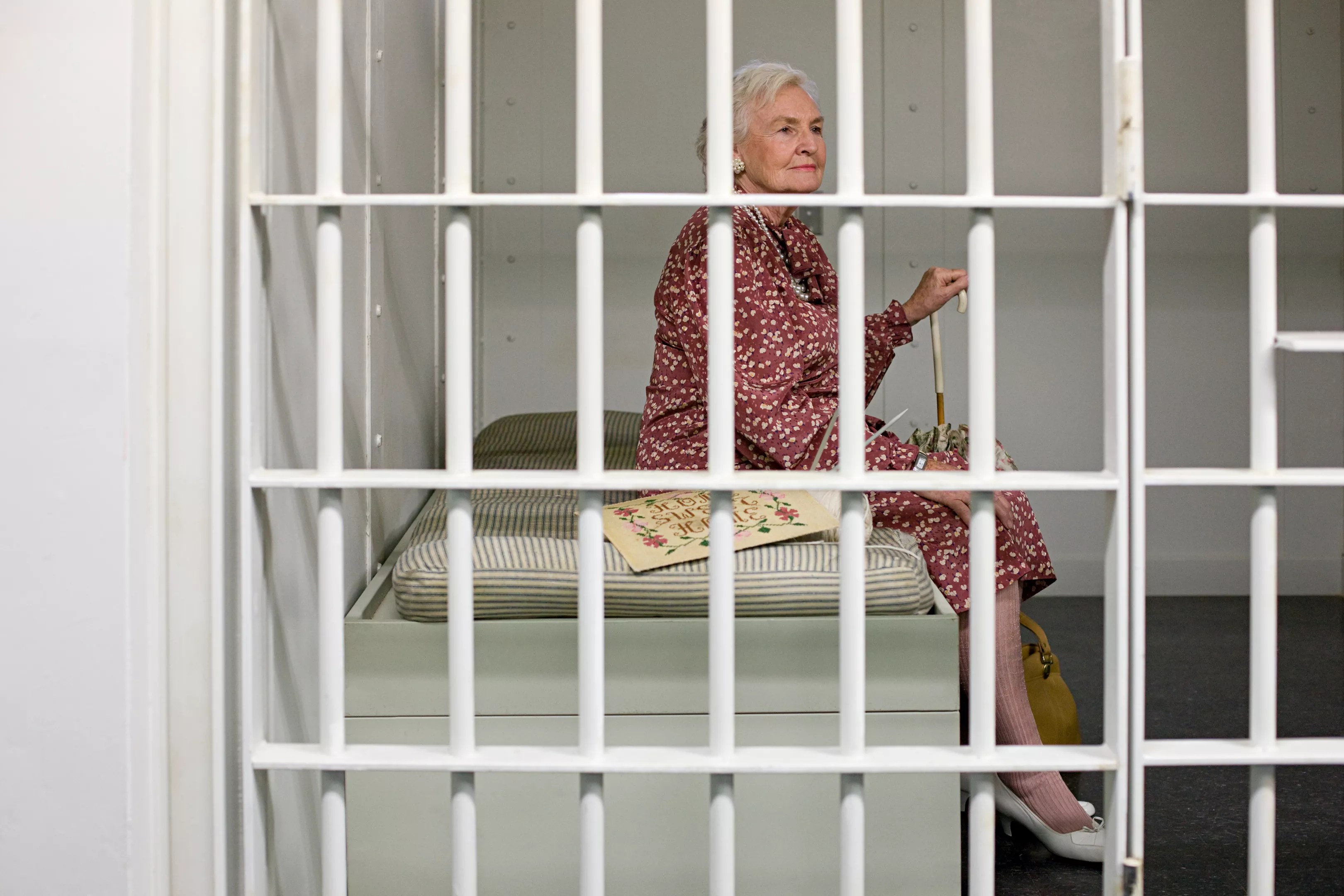
Photo by ImageSource/Getty Images

Audio By Carbonatix
Florida’s elderly prison population has exploded in recent years and is proving increasingly expensive for taxpayers.
A new report from the nonprofit Prison Policy Initiative exploring the “greying” of America’s prison population found that Florida has seen its number of senior inmates skyrocket over the past two decades. In 1999, prisoners aged 55 and older made up just four percent of incarcerated people in Florida; that number rose to 17 percent by 2019, according to the report.
The report raises the question: Does keeping a growing class of aging people behind bars make communities any safer?
Thanks in part to tough-on-crime policies, Florida’s prison population drastically expanded between 1990 and 2010. With one of the biggest inmate populations in the nation, the Sunshine State currently incarcerates nearly 90,000 people, including prisoners as old as 97. More than 16,000 Florida prisoners are at least 55 years old, representing the third highest state population of elderly prisoners behind Texas and California, according to the report.
Florida taxpayers meanwhile are picking up the tab for elderly inmates’ progressively more expensive health care bills, covering everything from wheelchairs to hearing and visual aids.
Former State Sen. Jeffrey Brandes, a Republican from St. Petersburg, previously called the state’s prison system “largely a healthcare provider that houses inmates.” During his 10-year tenure in the Florida statehouse, Brandes’ repeated attempts at passing legislation that would reduce the prison population were shot down. In his final legislative session, his bill to create a new medical-release program for prisoners and another aimed at revising reoffender sentencing policies both died in committee.
Prison Policy Initiative says that state and federal governments have spent “increasingly more money” on “consistently inadequate” health care for their growing demographic of older adult prisoners.
“It doesn’t make much sense to spend so much money locking people up in places that are not only dangerous to their health, but more costly to care for them, especially when there is little public safety argument to justify doing so,” Prison Policy Initiative says.
Complicating the matter, prisoners unsurprisingly have elevated rates of mental illness and age quicker behind bars. The costs of housing and caring for an elderly inmate, aged 55 or older, are estimated to be roughly two to three times higher than those for younger inmates, according to the National Institute of Corrections.
The Florida Department of Corrections budget has increased from $2.3 billion in 2016 to $3.3 billion for the current fiscal year. This year’s $300 million annual budget increase was attributable not only to rising healthcare costs but also to new programs to recruit and increase retention of correctional officers amid a prison staffing shortage.
Watchdog groups have long recommended that Florida consider clemency or early release options for nonviolent prisoners to curb its expanding population of aging inmates. Prison Policy Initiative cites research showing that the older someone is, the less likely they are to reoffend, with people aged 65 or older being the least likely to face arrest in the five years following release.
“Decades of research reinforces these findings: formerly incarcerated older adults are among the least likely to be re-arrested, reconvicted, and reincarcerated,” the group’s report reads.
In 1983, Florida in effect ended parole for prisoners who committed crimes after certain cutoff dates. Under the current system, prisoners generally must serve 85 percent of their sentence. They can secure “gain time” to reduce their sentence by completing educational courses, vocational training, and work programs, among other routes.
The state also passed a “two-strikes” law in 1997, which provides for maximum sentences (often life) for reoffenders who commit felonies, including non-violent felonies, within three years of being released from jail.
As of 2021, more than 13,600 people were serving life without parole in Florida.
Each year, a small group of elderly Florida prisoners are freed from prison early under a Florida law that allows the Florida Commission on Offender Review to release inmates who are terminally ill or deemed to be incapacitated.
Florida’s aging prison demographic is part of a nationwide trend of ballooning geriatric inmate populations. The proportion of California’s prisoners 55 and older grew from 3 percent in 1999 to 16 percent in 2019.
“Longer and harsher sentences top the list of the most obvious mechanisms by which the national prison population exploded in the 1990s and 2000s, but they also created the problem of today’s aging prison population: many of the people who received these sentences are still behind bars now that they are twenty or thirty years older,” Prison Policy Initiative says.